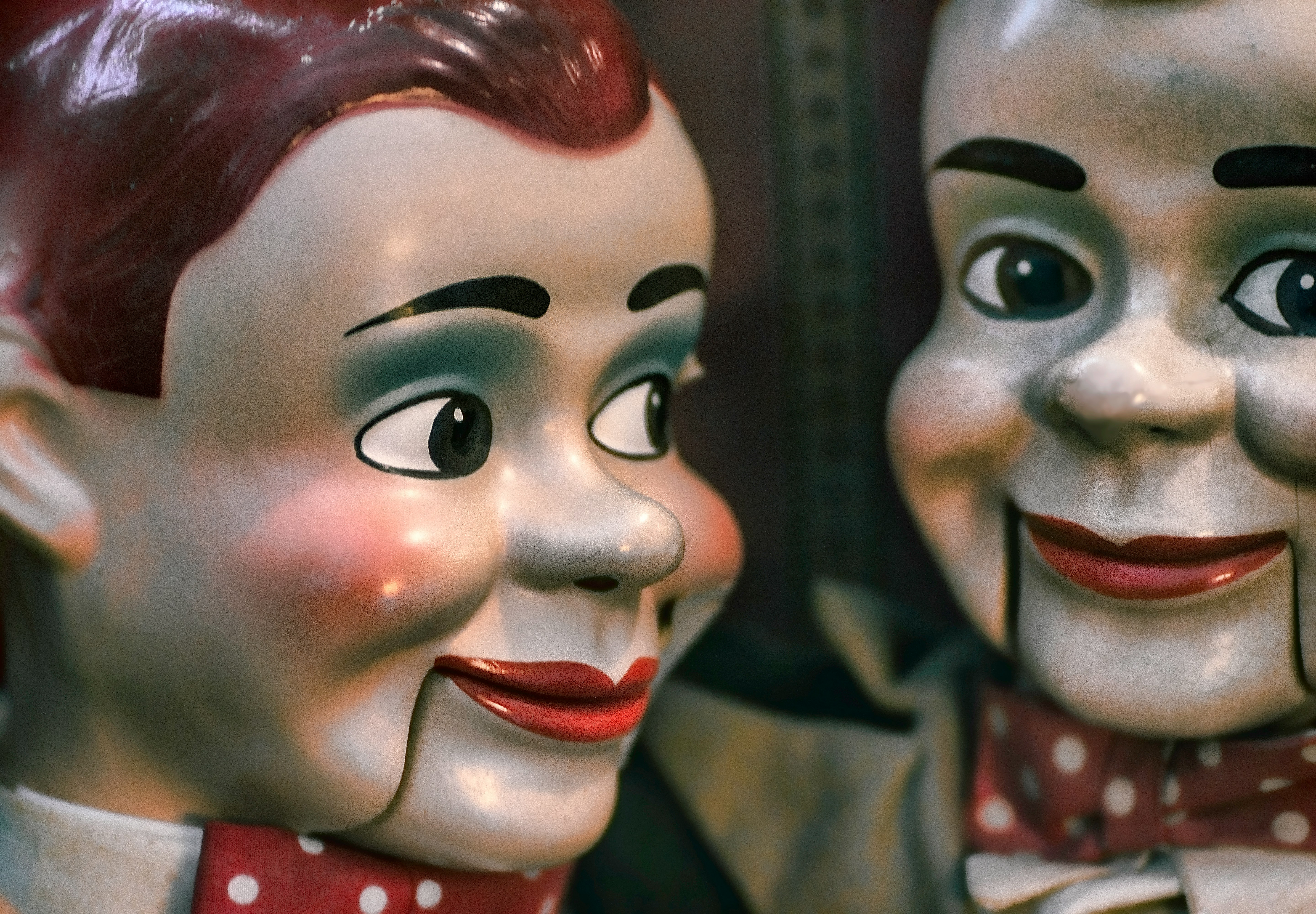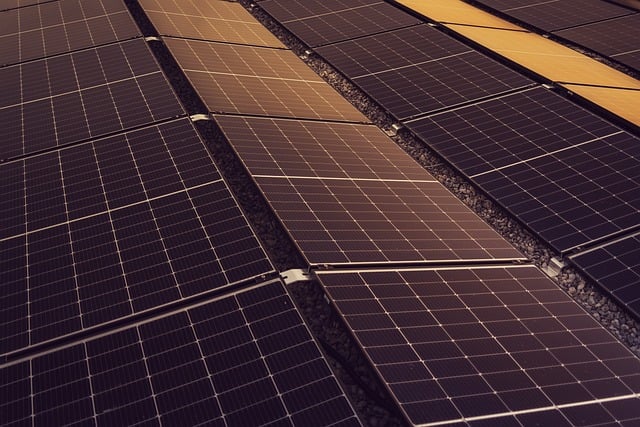The Inescapable Lure of Virtual Reality in Contemporary Performance Arts
The world of performance arts is undergoing a radical shift. A new wave is washing over the industry, and it's digital - Virtual Reality (VR). This article delves into the fascinating journey of VR in the performance arts, from its humble beginnings to its current prominence, and explores its profound impact on the global arts scene.

A Foray Into The Realm of Virtual Reality
The concept of Virtual Reality is not new. In fact, it has been around for decades. The term was first coined by Jaron Lanier in the 1980s, but the idea of immersing oneself in a virtual world can be traced back to the panoramic paintings of the 19th century. However, it was only in the 21st century, with the advent of advanced technology, that VR found its footing in the world of performance arts.
The Digital Wave in Performance Arts
In recent years, the realm of performance arts has seen a surge in the use of VR. This innovative technology allows artists to immerse the audience in their creations, bringing a new level of interactivity and engagement. Take the example of the Royal Shakespeare Company’s 2016 production of “The Tempest.” In collaboration with Intel and The Imaginarium Studios, the company used real-time motion capture and VR to transform actor Mark Quartley into the digital character of Ariel, creating an unforgettable theater experience.
VR: A New Artistic Language
The use of VR in performance arts is not merely about introducing new technology; it’s about creating a new artistic language. It’s about conveying emotions and ideas in ways that were previously unimaginable. VR allows artists to manipulate time, space, and perspective to craft unique narratives and experiences. It’s a tool that can be used to challenge societal norms, explore complex themes, and engage audiences on a deeper emotional level.
The Present and Future of VR in Performance Arts
Today, VR is becoming increasingly prevalent in the world of performance arts. From immersive theater experiences to VR dance performances, this technology is reshaping the way we consume art. And the future looks even more promising. As VR technology continues to evolve, we can expect to see even more innovative uses of this medium in the world of performance arts.
The Impact and Reception of VR in Performance Arts
The introduction of VR in performance arts has been met with both excitement and skepticism. On one hand, it’s been hailed as a groundbreaking innovation that opens up new artistic possibilities. On the other hand, critics question whether VR can truly replicate the live, human connection that is so central to the performing arts. Despite these debates, it’s clear that VR has made a lasting impact on the industry and will continue to shape its future.
As we witness the digital revolution unfold in the world of performance arts, one thing is for certain: VR is here to stay. Its role in enhancing the artistic experience and connecting audiences in new and exciting ways is undeniable. Virtual Reality in the performance arts is a fresh, unique topic that continues to evolve, offering a fascinating insight into the intersection of art and technology.


